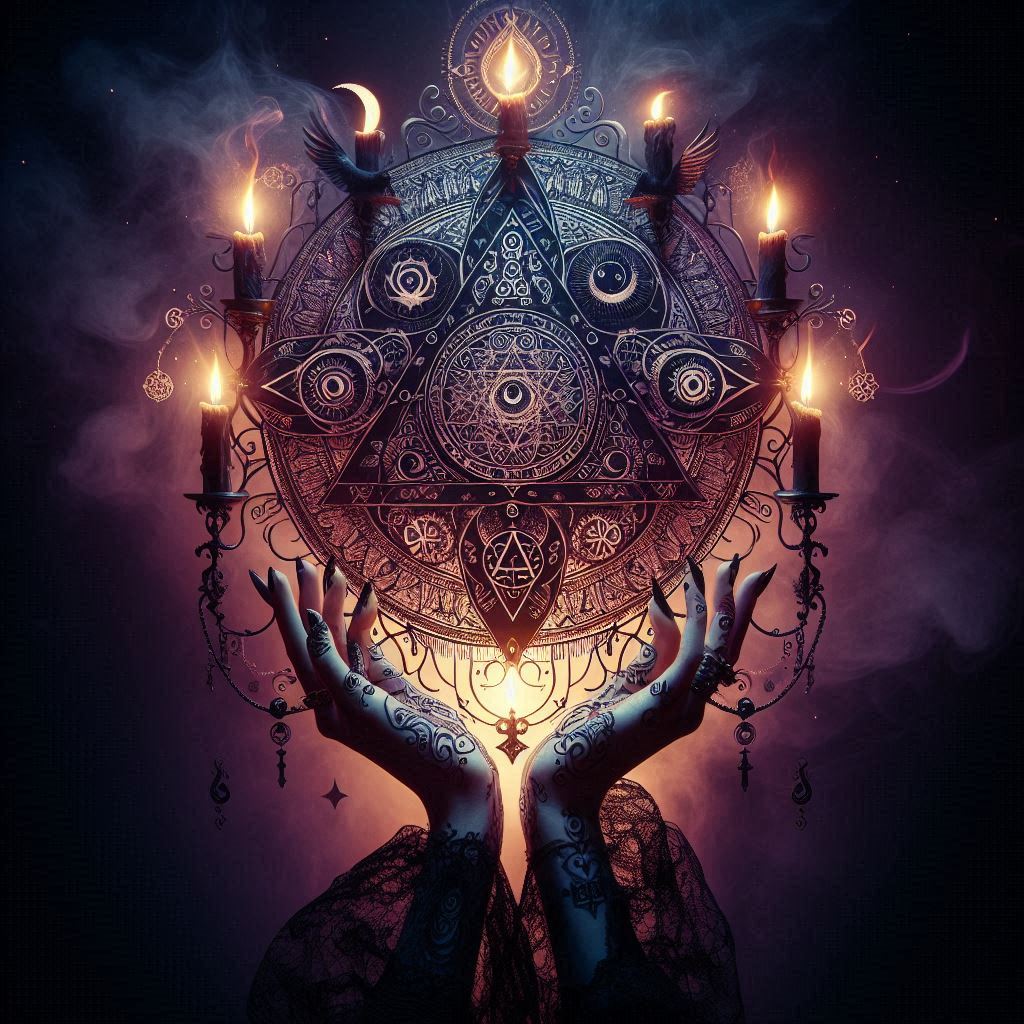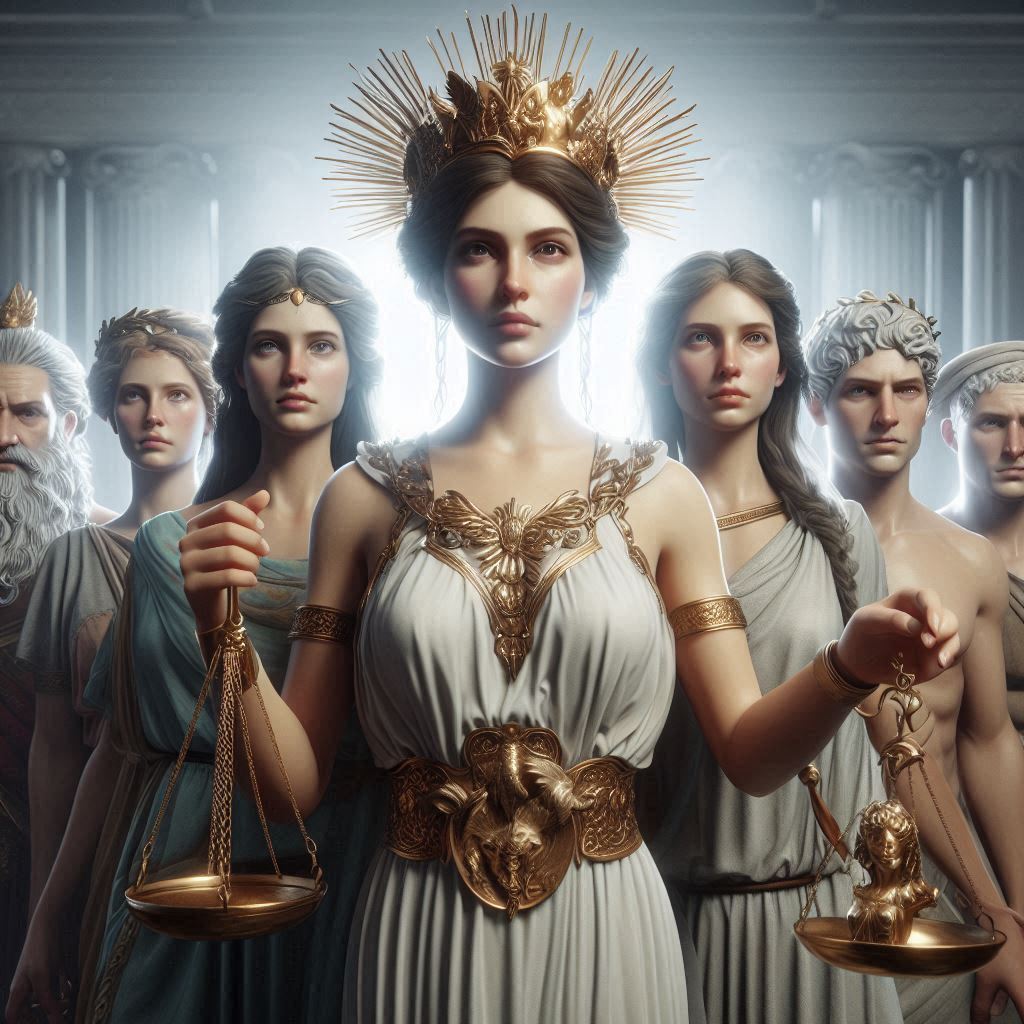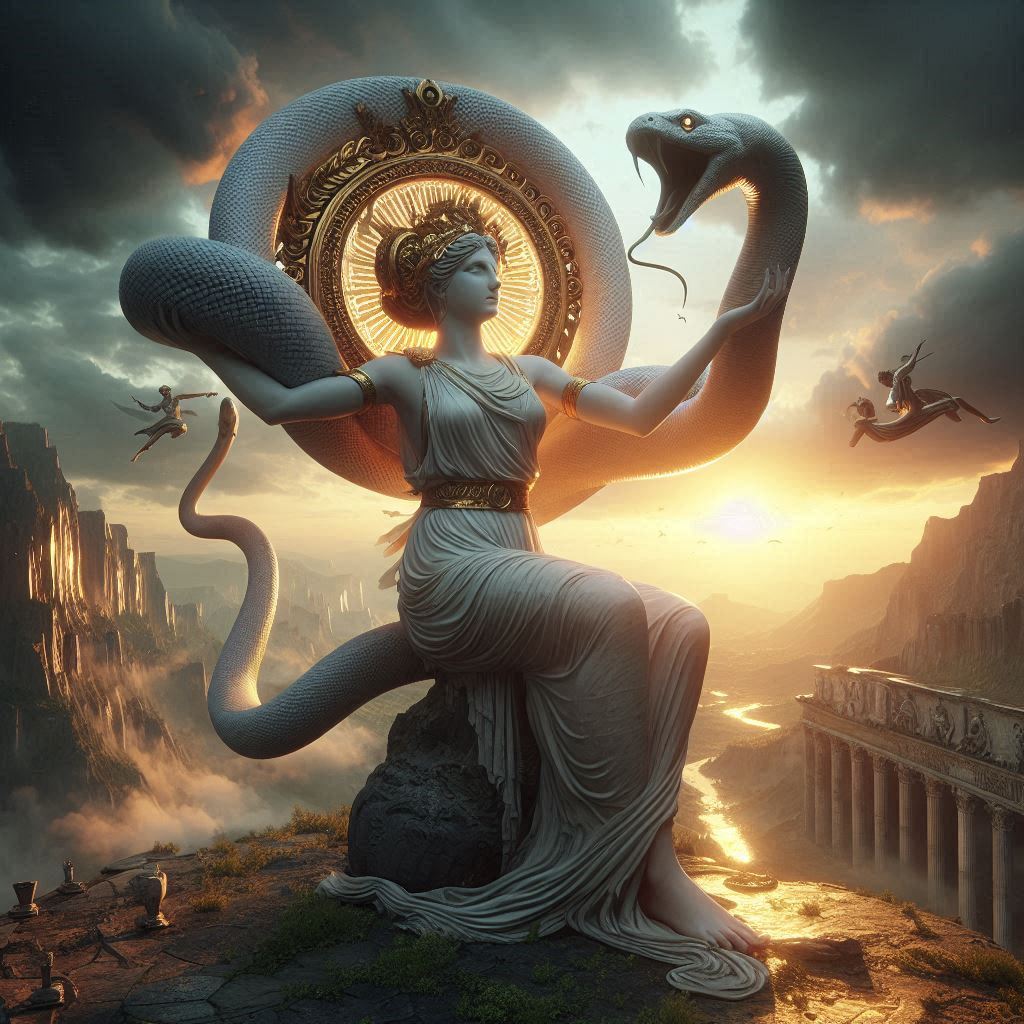Table of Contents
Isaac Asimov’s Foundation: A Masterpiece of Science Fiction and Historical Speculation
Isaac Asimov’s Foundation series is a cornerstone of science fiction, renowned for its ambitious scope, intellectual depth, and pioneering ideas. Originally serialized in Astounding Magazine between 1942 and 1950 and later compiled into books, the series presents a future where the Galactic Empire’s collapse is not only predicted but meticulously managed through the science of “psychohistory.” Blending speculative fiction with historical analysis, Foundation explores themes of societal decay, the power of knowledge, and the tension between determinism and free will. This essay examines the series’ structure, philosophical underpinnings, key characters, and lasting impact on literature and science.

The Genesis and Structure of Foundation
Inspiration from History
Asimov was heavily influenced by Edward Gibbon’s The History of the Decline and Fall of the Roman Empire (1776–1789), which chronicled Rome’s collapse due to internal corruption, external pressures, and bureaucratic stagnation. Translating this framework to a galactic scale, Asimov envisioned a future where humanity has colonized millions of worlds under a centralized empire—only for it to succumb to the same historical forces that doomed past civilizations.
The Original Trilogy and Expansions
The core Foundation trilogy consists of:
- Foundation (1951) – Introduces Hari Seldon’s psychohistory and the establishment of the First Foundation.
- Foundation and Empire (1952) – Explores the Empire’s final collapse and the rise of the Mule, a mutant who disrupts Seldon’s Plan.
- Second Foundation (1953) – Reveals the secretive Second Foundation’s role in preserving Seldon’s vision.
Asimov later expanded the series with prequels (Prelude to Foundation, Forward the Foundation) and sequels (Foundation’s Edge, Foundation and Earth), integrating his Robot series into a unified universe.
Psychohistory: The Science of Predicting the Future
The Concept and Its Real-World Parallels
Psychohistory, the fictional discipline at the series’ core, is a mathematical model that predicts large-scale societal trends by analyzing the behavior of populations rather than individuals. Asimov drew parallels to statistical mechanics, where gas molecules’ movements are predictable en masse but chaotic individually.
In modern terms, psychohistory resembles:
- Big Data Analytics – Using vast datasets to forecast economic or political trends.
- Cliodynamics – A real academic field applying mathematical models to historical events.
- Game Theory – Strategic decision-making in complex systems.
Limitations and Ethical Dilemmas
While psychohistory is powerful, the series questions its morality:
- Determinism vs. Free Will – Can individuals change their fate, or is history inevitable?
- The Role of Secrecy – The Second Foundation manipulates events covertly, raising questions about elitism and control.
- The Mule’s Anomaly – A genetic mutant whose unpredictable emotions defy Seldon’s predictions, proving that outliers can disrupt even the most precise models.
Key Themes in Foundation
1. The Rise and Fall of Empires
The Galactic Empire’s decline mirrors historical collapses (Rome, Byzantium, the British Empire), emphasizing that:
- Bureaucratic stagnation weakens governance.
- Technological dependency leads to vulnerability (e.g., the loss of nuclear power on peripheral worlds).
- Cultural decay erodes societal cohesion.
Asimov suggests that while collapse is inevitable, proactive measures (like Seldon’s Plan) can mitigate the fallout.
2. Knowledge as Power
The Foundations survive by leveraging knowledge strategically:
- The First Foundation uses science and technology to dominate trade and politics.
- The Second Foundation employs psychological manipulation to steer history.
This dichotomy reflects real-world debates about whether progress is driven by hard sciences or social engineering.
3. The Role of Religion in Controlling Society
In Foundation, the First Foundation exploits a “religion of science” to maintain control over neighboring systems—a critique of how belief systems can be weaponized for political ends. This foreshadows modern discussions about ideology and propaganda.
4. The Search for Earth
Later books (Foundation’s Edge, Foundation and Earth) explore humanity’s origins, tying into Asimov’s broader universe where Earth is a forgotten myth. This quest reflects themes of identity and legacy.
Major Characters and Their Roles
Hari Seldon: The Architect of the Future
A mathematician who develops psychohistory, Seldon is both a visionary and a tragic figure. His Plan ensures humanity’s survival but requires manipulating billions of lives—a moral quandary explored in the prequels.
Salvor Hardin: The Pragmatic Leader
The first major protagonist after Seldon, Hardin embodies realpolitik, declaring: “Violence is the last refuge of the incompetent.” His diplomacy and cunning secure the Foundation’s early survival.
The Mule: The Wild Card
A mutant with empathic and mind-control abilities, the Mule shatters Seldon’s deterministic predictions, proving that individual anomalies can reshape history. His arc examines the limits of science in accounting for human unpredictability.
Bayta and Arkady Darell: Women Shaping History
Unlike many mid-20th-century sci-fi works, Foundation features influential female characters. Bayta Darell outwits the Mule, while her granddaughter Arkady plays a key role in uncovering the Second Foundation.
The Foundation Series’ Legacy
Influence on Science Fiction
- Political Sci-Fi – Inspired works like Frank Herbert’s Dune and Ursula K. Le Guin’s Hainish Cycle.
- Technological Forecasting – Anticipated AI, predictive analytics, and social engineering.
- Structure and Scale – Pioneered multi-generational storytelling in sci-fi.
Impact Beyond Literature
- Scientists and Economists – Scholars like Nobel laureate Paul Krugman have cited Foundation as an inspiration for modeling complex systems.
- Tech Innovators – Elon Musk and others reference psychohistory when discussing AI and societal trends.
- Adaptations – The 2021 Apple TV+ series introduced Foundation to new audiences, though it diverges significantly from the books.
Criticisms and Revisions
- Lack of Diversity – Reflecting its 1940s origins, the series underrepresents women and non-Western perspectives. Later authors (e.g., The Broken Earth trilogy by N.K. Jemisin) have addressed these gaps.
- Asimov’s Writing Style – Often criticized for sparse descriptions and dialogue-heavy prose, though his ideas compensate for stylistic limitations.
Conclusion: Why Foundation Endures
Nearly 80 years after its inception, Foundation remains a seminal work because it transcends genre conventions to ask profound questions:
- Can humanity escape its cyclical patterns of self-destruction?
- Is a scientifically managed future desirable, or does it sacrifice freedom for stability?
- How do knowledge, power, and morality intersect in shaping civilization?
Asimov’s masterpiece challenges readers to view history not as a linear march of progress but as a dynamic, often precarious, system—one that requires both rationality and adaptability to navigate. In an era of AI, climate crises, and geopolitical upheaval, Foundation’s lessons feel more relevant than ever.
Ultimately, the series is a testament to the power of science fiction: not just to predict the future, but to help us understand the forces that shape our world.


No responses yet